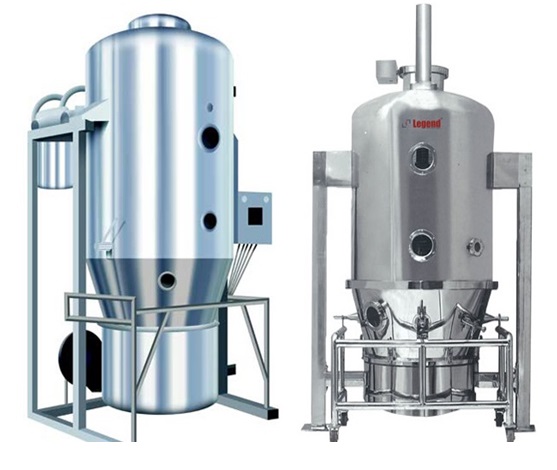Fluidised Bed Dryer
Fluidized bed dryer is also called fluidized bed. The drying chamber is rectangular box type, the bottom is uniform air chamber, and a porous air distribution plate is arranged between the air chamber and the drying chamber. Usually, a plurality of vertical baffles are arranged in the drying chamber to divide the fluidized bed into a plurality of small chambers, and each partition plate can adjust the distance between the bottom and the sieve plate up and down, so that the drying time of the material is more uniform. The powdery granular material is continuously fed into the first chamber of the dryer by the feeder. Since the material is in fluidized state, it can freely move from the first chamber into the adjacent rear chamber, and the dried product is discharged from the last chamber.
Working Principle:
The fluidized bed is divided into the upper and lower bed body, air distributor, the inlet and outlet ports, etc., and the wet material entering the fluidized bed is in contact with the hot air above the air distribution plate, and the material particles are suspended in the air flow to form a fluidized state. The material and the hot air are heat-exchanged and dried, and the finished product is discharged from the discharge port of the fluidized bed, and the dust-containing gas is purified by the dust collecting device and then discharged into the atmosphere by the induced draft fan.
Applicable Materials:
Widely applied in chemical, mining, pharmaceutical, food, feed, industrial and municipal sludge treatment industries. Example: choline chloride, sodium bicarbonate, alum, potassium chloride, magnesium sulfate, feed yeast, adipic acid, ammonium nitrate, calcium chloride, calcium hypochlorite, potassium carbonate, potassium sulfate, sodium carbonate, sodium hydrogencarbonate, sodium metasilicate, potassium nitrate, PVC, CPE, PC, etc.

